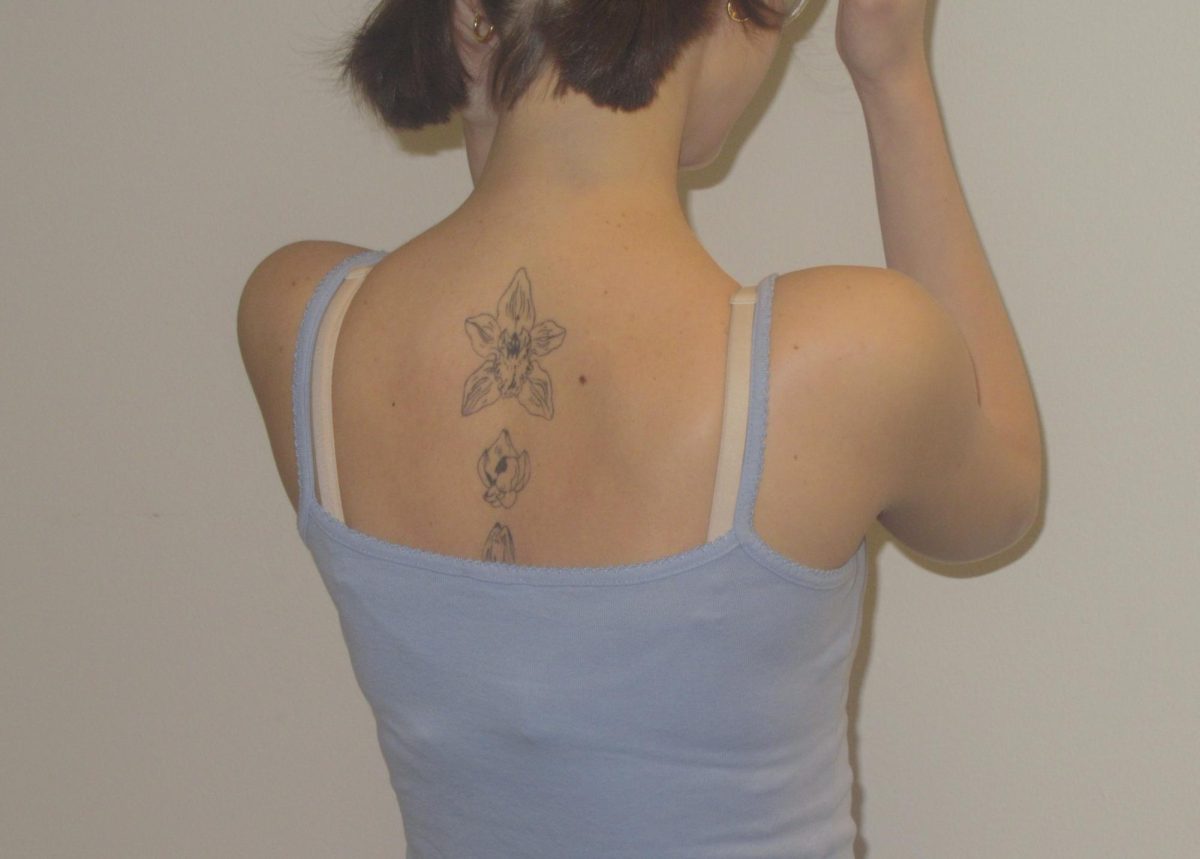Review
John Krasinski’s debut as a horror movie director couldn’t be more perfect.
Coming from someone who doesn’t usually go see horror movies, “A Quiet Place” was a surprising, thrilling and terrifying journey in which the poignant storytelling lay not in its use of dialogue, but in silence.
Within the first five minutes of the movie starting, I witnessed a phenomenon that I would not have thought possible: I heard utter silence in a movie theater. The audience was just as enthralled in the movie and striving to survive as the characters were in the movie itself.
Whereas a usual movie would fall prey to popcorn eating, drink sipping and whispered conversations every now and then, “A Quiet Place” managed to remain, well, quiet throughout the entire movie.
It was as though the movie’s own lack of sound demanded the audience’s attention.
Comprising of less than 100 lines of dialogue, and far fewer spoken lines, “A Quiet Place” gets the rare opportunity to really explore an actor’s ability — without dialogue, every facial expression, every movement, every look counts.
The excellent acting abilities of husband and wife duo John Krasinski, primarily known for his role in “The Office,” and Emily Blunt, who has starred in“Edge of Tomorrow,” “The Girl on the Train” and “Mary Poppins Returns,” showcase a beautiful chemistry. This chemistry only grows with the two kids, portrayed by Noah Jupe, previously in “The Night Manager” and “Wonder”, and Millicent Simmonds, previously in “Wonderstruck.”
Simmonds, a deaf actress, was non-negotiable for Krasinski as he directed the movie. He knew he wanted a deaf actress to play his deaf daughter in the movie. This choice not only paid off, but showcased a more genuine authenticity in Simmonds performance as the daughter.
In a world without sound, it was imperative that the family communicate with American Sign Language in order to limit the chances of making any sudden and loud noises. Therefore, the cast being taught ASL and casting a deaf actress allowed the cast to fully explore the language as a form of communication.
ASL demands a signer to be able to showcase emotion and use a wide variety of facial expressions to be able to get their point across, which helped show the cast’s acting ability at a higher level.
Many people can deliver their lines and act in films with spoken dialogue, but “A Quiet Place” demands an extra level of acting ability since the actors cannot rely on vocal inflections to get their point across — they must show all emotion with their signing and face.
Perhaps the aspect of the film that deserve the most praise, however, was just how well thought out the whole endeavor was.
Sound was used sparingly, making the instances when it was used either subtle, by slipping in a soundtrack here and there to flesh out particularly tense scenes, or sudden, initiating such tense scenes with the sudden noise attracting monsters who hunt by sound.
Furthermore, the movie used a unique technique for framing the sound. The closer the camera was to a person or thing, the louder the sound/music was, and the further the camera was away from a person or thing, the quieter the sound/music was.
Additionally, when a character was shown close-up, sound would be framed to their perspective.
This led to amazing cinematic moments, with close ups of Simmonds that were chilling, not only because it gave the audience an insight into what it feels like to be truly deaf, but left the audience feeling uncomfortable with the complete lack of sound that would permeate these moments.
The lack of sound is far from something that should throw off any potential viewer, as it only served to enrich the viewer experience, and make the terrifying moments that much more terrifying.
“A Quiet Place” truly showed that less is indeed more.
While not entirely a silent movie, the minimalism of sound, vocal dialogue and even the musicality of the soundtrack combined to engage the viewer in an enthralling, horrific journey of one family trying to survive in a world without sound.
The lack of sound demanded that the world of “A Quiet Place” be built with a strong foundation and showcase a dedication to detail while leaving many of the questions of the movie ambiguous.
“A Quiet Place” is a must-see, for horror fans and non-horror fans alike. It will leave you on the edge of your seat, wanting to shout but not willing to do so due to the sheer atmosphere of the movie, and connected to the characters on a whole other level.
















































































